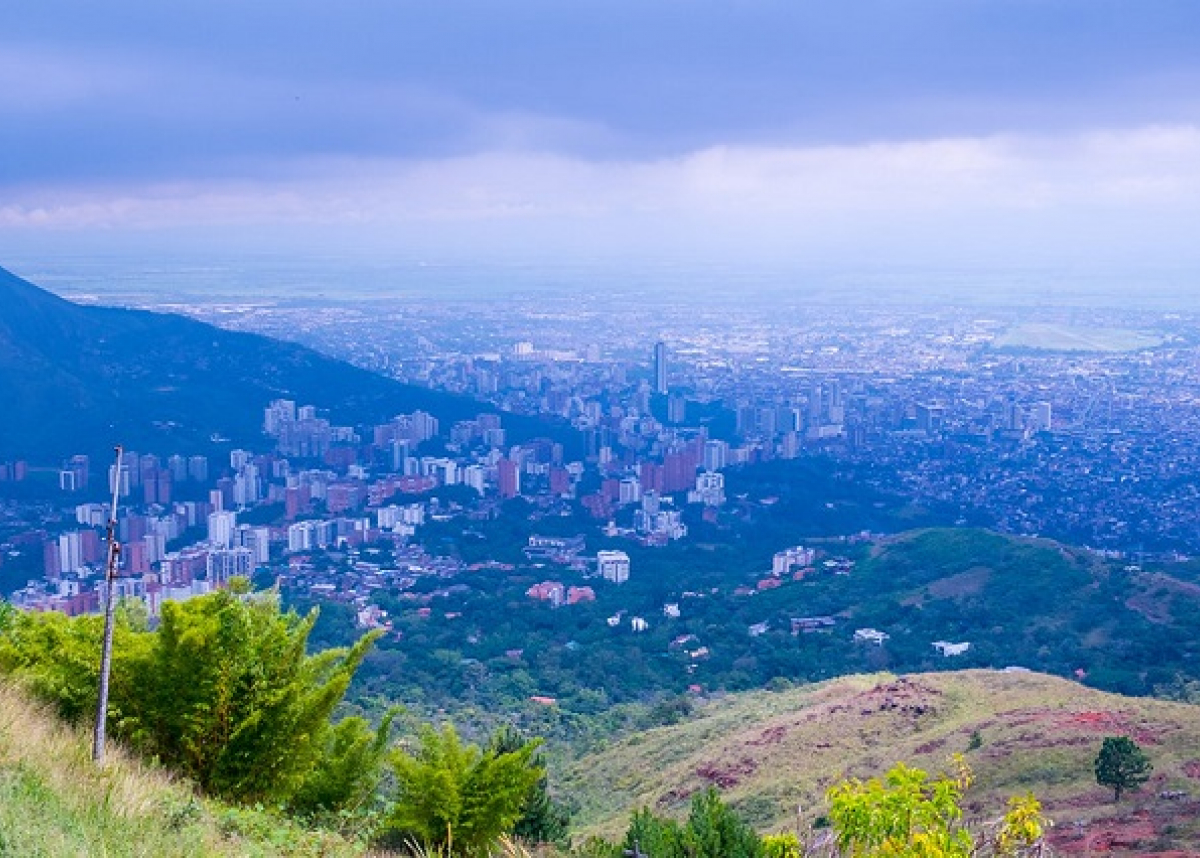
New PEAK research sheds light on green space, street usage, community action and other key drivers of wellbeing that could allow cities to chart a healthier path, reports John Surico.

This blog originally appeared an an opinion piece on Thompson Reuters Trust News on 27 April 2020.
The COVID-19 outbreak is ravaging our world. Numerous countries are under city-specific or nationwide lockdowns, and most nations have sealed their borders to control infection spread. Unprecedented disruptions to human mobility and goods supply chains are hurting communities and damaging economies. These impacts, we argue, could have been reduced if pandemics were considered in transport planning. This pandemic, after all, was not unexpected.
Unplanned mobility restrictions are painful. An abrupt shutdown of economic activities and transport in India rendered thousands of poor migrant labourers jobless, and prevented them from returning safely to their distant hometowns and reuniting with families. Public transport shutdowns, including bans on app-based ride-hailing, have exacerbated accessibility crises in cities globally. The carless – typically comprising of poor, elderly and disabled persons – are facing disproportionately greater hardships in terms of reduced access to food, medicines, regular healthcare, and jobs. Home confinement can lead to a post-pandemic surge in chronic diseases because of restricted opportunities for outdoor exercise and socializing. We expect devastating impacts in neighbourhoods with lack of open spaces and adequate infrastructures for walking and cycling.
Unplanned freight transport shutdowns due to, and as part of, temporary halts in economic activities, have hurt businesses. Small businesses are worst affected. Even lockdown-exempt businesses are struggling to survive for three main reasons. First, even small retailers depend on long-distance supply chains as large corporations control production and transport of most essential commodities; these chains snapped due to unplanned government-imposed shutdowns and private corporations’ inability or lack of incentives to innovate. Second, most brick-and-mortar businesses that rely on foot traffic could not transition to online platforms swiftly. Third, government emergency financial assistance is not enough to rescue troubled small retailers in most countries.
TOWARDS PANDEMIC-RESILIENT URBAN TRANSPORT
Why has this pandemic crippled transport? First, planners are focused on addressing “usual” problems of congestion and pollution. Although strategies for climate-resilience and management of natural disasters or terrorism events are discussed, once-in-a-century pandemics are largely ignored. Second, policymakers have failed to pursue sustainability initiatives that are complimentary to pandemic-resilience. Third, uncertainties are too high for garnering political support for investments in pandemic preparedness.
We offer four strategies to keep our cities moving during this crisis and future pandemics.
Draconian shutdown of public transport must be avoided. Public transport should operate to provide access to basic services and jobs for those who depend on it. Case studies of Shenzhen, London, and France’s TGV will provide insights on investments and strategies for operating public transport safely and developing pandemic management plans. Worker protection is key. Public transport can even plug supply chain gaps.
Private sector innovations must be leveraged. Ride-hailing companies like Uber provided essential non-COVID-19 medical transport, and food delivery companies like Uber Eats and Deliveroo diversified to grocery deliveries. Private mobility and technology companies can contribute more effectively to pandemic management with government support. For example, they can develop emergency systems for: facilitating peer-to-peer car- and ride-sharing, deploying self-driving cars, and even creating pop-up logistics matching retailers and warehouses with excess capacity.
Cyclists and pedestrians must be given priority over cars. Bicycles can help combat the accessibility crisis and the physical inactivity outbreak during pandemic-related lockdowns. Researchers (including an author of this article) have called on governments to enable safe walking and cycling during this pandemic. It is crucial to design pedestrian- and bicycle-friendly cities, and facilitate equitable mobility during lockdowns. New York City, Mexico City, and Bogota can offer insights. Reorienting land use to promote diverse transport modes and support micro-mobility is critical to reverse the inevitable post-pandemic surge in automobile demand.
Urban logistics and food supply chains must be reimagined. This pandemic has exposed food insecurity associated with disruptions in long supply chains. Since complex global supply chains are highly vulnerable to shocks, businesses should consider ‘just-in-case’ models to adapt to supply uncertainties by diversifying supplier bases and sourcing locally. Governments must incentivise firms to consider pandemic risks and social costs of supply chain disruptions in business planning. Promotion of urban or peri-urban agriculture by incentivising local production and consumption is key to pandemic-resilience.
Transport policymakers must act now to respond to COVID-19, and to keep cities moving through future disasters that cross our paths.